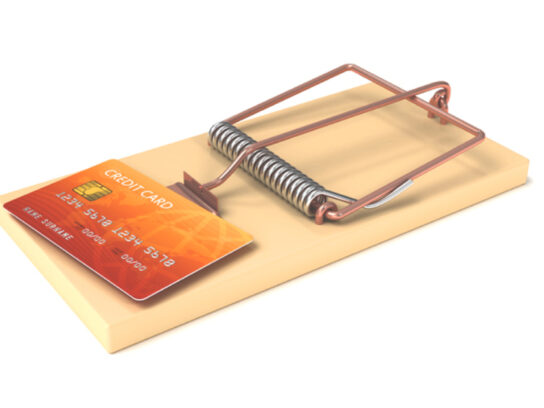
Typically, credit card balances follow a seasonal pattern, increasing significantly in the fourth quarter and coinciding with holiday shopping. This year is no exception; unfortunately, it coincides with higher credit card interest rates. With more people than ever depending on credit cards to cover basic expenses due to inflation, this could lead to an ever-increasing debt load. In fact, credit card balances are approaching pre-pandemic levels, increasing by $38 billion (a 15 percent increase year-over-year) since the second quarter – the largest increase in more than 20 years (Federal Reserve Bank of New York).
Whether you are diligent about paying your credit card in full every month or are still paying down debt from a previous spending spree, these five tips will help you avoid overspending and keep credit card spending on track.
1. Review Your Credit Card Balances
Before you head to your preferred shopping venue, check your credit card balances. There’s nothing like seeing a large debt – or several – to make you think twice about spending. Writing it down has even more of an impact.
2. Control Your Spending
One of the most effective ways of controlling spending is to establish a budget and stick to it – before you head to the store or shop online. For holiday shoppers, setting an overall budget and then researching and compiling a list of items for each person you give a gift to goes a long way toward curbing impulse spending. Alternatively, families and friends can agree to set a maximum amount to spend, such as $25 or $50 per person, decide to do a gift exchange or even give family gifts that benefit all members of the household.
3. Pay Off High-Interest Cards
With the average interest rate hovering around 19 percent, according to Bankrate, if you have multiple credit cards with balances, try to pay off any high-interest credit cards before you spend any more. If you are planning a last-minute holiday shopping spree this year and still have considerable debt on your credit cards, you should avoid opening new store credit cards (average annual percentage rates are now close to 26 percent) and using “buy now, pay later” financing. While these types of credit may seem tempting, you will still be incurring more debt.
4. Pay With Cash or Use a Debit/Credit Card Tied to Your Bank Account
Shoppers tend to spend more when using credit cards than they do when using cash because of the “out of sight, out of mind” mentality. If you are not comfortable carrying large amounts of cash, one alternative is to use a debit/credit card tied to your bank account. When using this type of “credit card,” you need to have the money in your account to cover your purchases as it is not a revolving credit account. If your finances are tight and you are trying to save money, it’s best to use cash for your purchases – even if it means making several trips over a few weeks. It is also easier to keep track of your spending, and you might save a few bucks if the store charges a service fee to its customers for card purchases.
5. Get Help Managing Your Debt
Getting out of debt is a challenge that most people face – often multiple times – during their lifetime, and knowing how to manage debt and negotiate with creditors is a valuable skill that CPAs or other tax professionals can help you with. If you need help, reach out to a financial advisor.




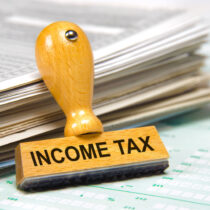





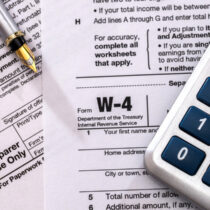








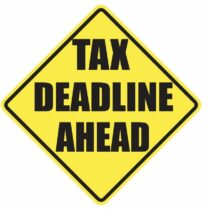

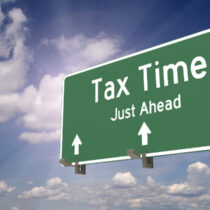
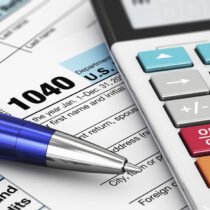
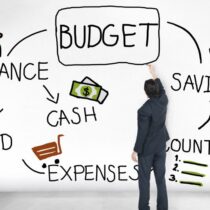



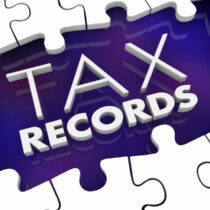
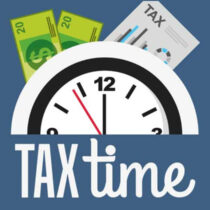


Comments are closed.